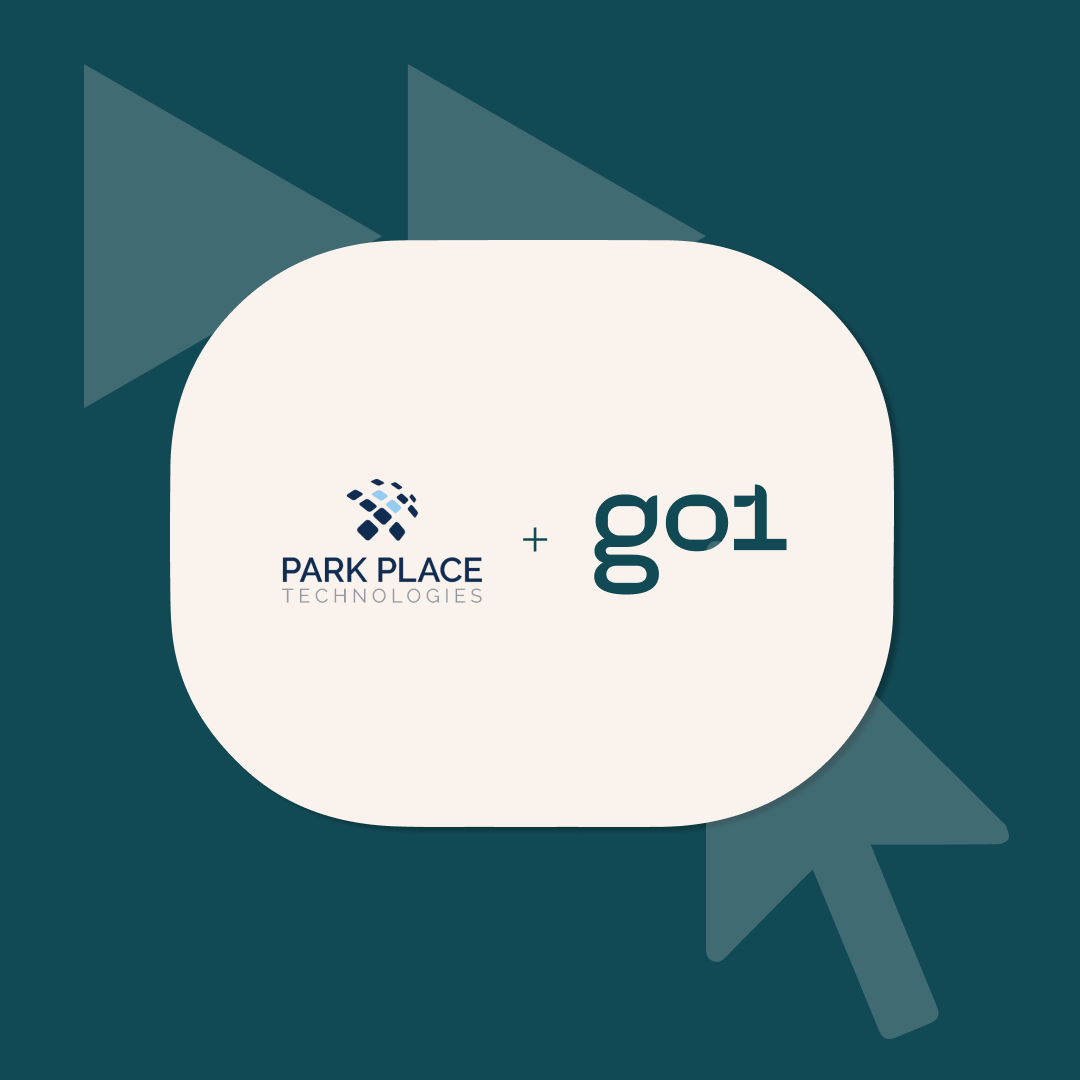
One question to ask before creating an online course

Are you responsible for creating online courses and learning materials for your organization?
Designing eLearning courses for other people, such as managers and colleagues, can be tricky. You no doubt want to make sure that you’re creating content that addresses the needs of your learners, as well as the business. But often, eLearning professionals are pressured to produce content under tight deadlines, with very little briefing.

While this might seem to be time-saving and productive, it actually holds little benefit for both learners and the organization. Because when creating an eLearning course for employees, you want to know that you’re meeting their learning objectives and delivering effective, engaging training materials. And this takes time. Rushing your online course design will only result in lower quality content that’s no good to your users or organizational goals.
So what can you do about handling this situation? Well, next time someone approaches you with a training request, you need to stop and ask yourself one important question – why. This one simple word can help create better alignment between the business needs of your organization and the training content you develop for your learners.
Let’s look at how this works.
Dealing with eLearning Requests
Kevin M. Yates, Learning and Development Measurement Expert, uses a great analogy to explore the frustrations faced by many eLearning professionals when dealing with the way training requests are delivered.
“There are times where the discussion between the L&D team and the business sounds like placing a fast-food order for training, Yates says, likening the process to ordering “a classroom training from the lite menu with a side order of video-conference” or “a couple of WebEx programs to go.”
Approaching learning content in this generic, out-of-the-box way fails to consider the specific needs of your audience, or even your audience themselves. We’ve talked before about taking a cookie cutter approach to learning and how it’s never the best way to educate students or staff. That’s why you need to deliver customized training solutions that are tailor-made for your staff.
Asking the Question Why
To do this, Paul Rosevear suggests using the The 5 Whys questioning technique, pioneered by Taiichi Ohno and made famous by Toyota. This technique encourages employees to ask “why?” at least five times in succession, to drill down to the root of any problem.
As Rosevear says, “blindly fulfilling training often invites a far simpler conundrum: the training that’s been requested might not even be solving the right problem.”
In contrast, asking why helps you to determine the issue or problem that needs to be solved. Once you’ve established this, you can move on to determining how to solve it through your eLearning materials.
Rosevear uses this dialogue between a VP and eLearning professional to illustrate this point, and the process of the 5 Whys questioning technique.
Creating More Effective Online Courses
As you can see, the questions asked by the eLearning professional help to uncover the team's true issue, along with the learning objective that needs to be achieved. He can then go ahead and create an online course that will successfully address and meet this learning objective.
Imagine, on the other hand, that he had walked away from the VP immediately after the initial briefing. It's likely that he would have created eLearning materials around collaboration, right? By asking questions, and drilling down to the crux of the issue, our eLearning professional is able to design far more targeted and effective materials around the topic of critical feedback. He's able to help the Product team function better, leading to more positive results for the team, their VP, the organization and its customers or clients!
Try out the 5 Whys technique next time you're asked to design an eLearning course. You'll soon find this questioning technique become more natural to you, as you become more accustomed to looking at the big picture.
You might also like to check out our handy eLearning course design checklist, to help you design online courses that your audience will love.
For more in-depth discussion of online course design, look closer at what makes a good online course design, in terms of the fascinating science behind the design process.



